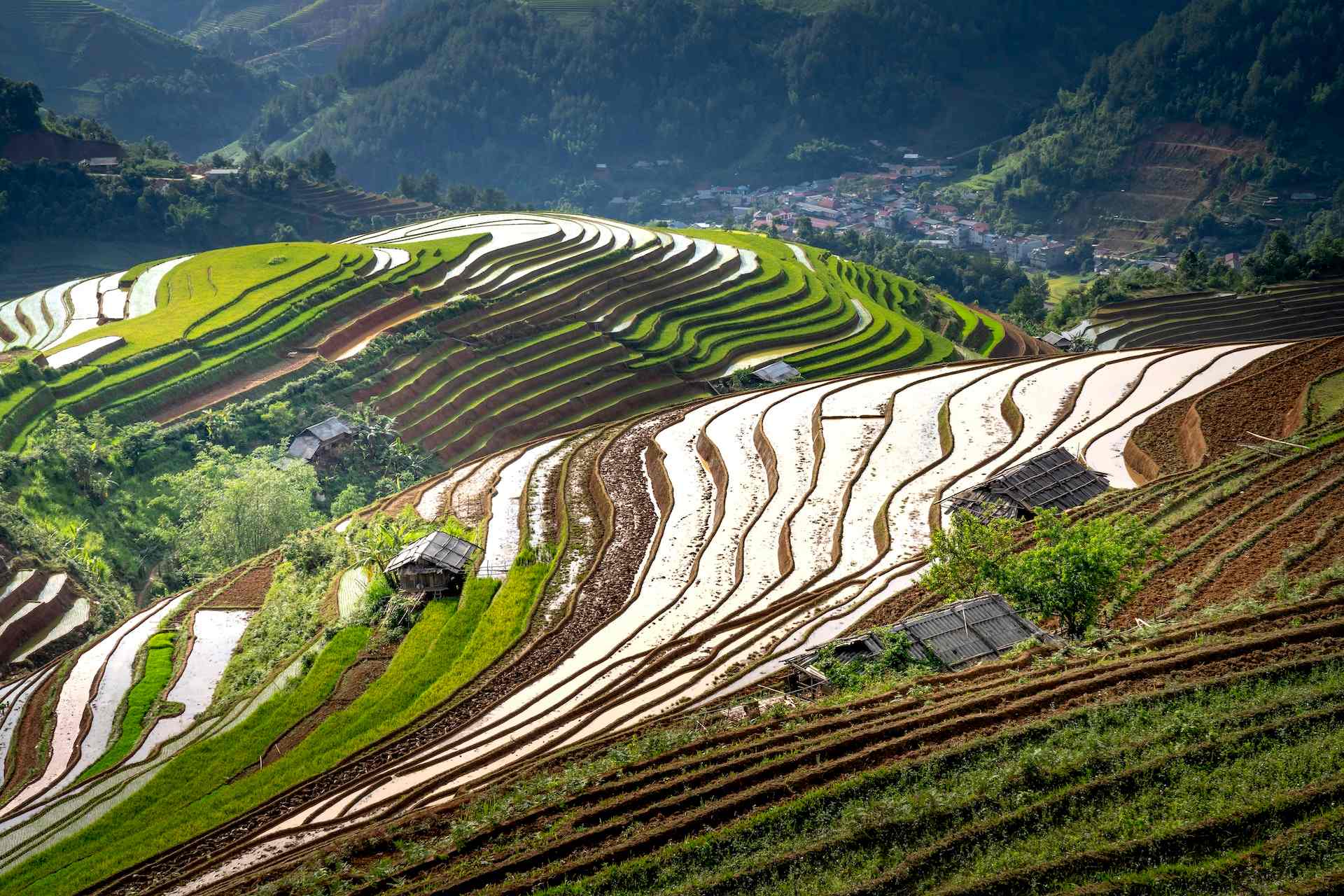Gwangju museums are some of the most popular and well-visited cultural institutions in South Korea. These museums showcase a wide range of art and artifacts, from traditional Korean works to contemporary pieces, and offer visitors the opportunity to learn about the city’s rich history and culture. In this article, we’ll take a closer look at some of the most popular museums in Gwangju, providing as much information as possible about each of them.
Gwangju National Museum
The Gwangju National Museum is one of the most popular museums in the city and is home to a wide range of historical artifacts and artworks. The museum’s permanent collection includes traditional Korean ceramics, metalwork, and textiles, as well as a selection of contemporary art. The museum also regularly hosts special exhibitions on a variety of topics, including traditional Korean culture, contemporary art, and history. Guided tours of the museum are available in both Korean and English.
Gwangju Museum of Art
The Gwangju Museum of Art is a contemporary art museum that features works by some of the most important artists of the 20th and 21st centuries. The museum’s permanent collection includes works by internationally renowned artists such as Picasso, Warhol, and Hockney, as well as a selection of contemporary art from South Korea and other countries. The museum also regularly hosts special exhibitions on a variety of topics, including contemporary art, design, and photography. Guided tours of the museum are available in both Korean and English.
Gwangju Folk Museum
The Gwangju Folk Museum is a cultural museum that focuses on the traditional customs and way of life of the people of Gwangju and South Jeolla Province. The museum’s permanent collection includes traditional Korean costumes, ceramics, and other artifacts, as well as a selection of photographs and documents that provide a glimpse into the daily lives of the region’s people. The museum also regularly hosts special exhibitions on a variety of topics, including traditional Korean culture, history, and folklore. Guided tours of the museum are available in both Korean and English.
Gwangju Biennale
The Gwangju Biennale is one of the most important contemporary art events in Asia, and is held in the city every two years. The biennale features works by some of the most important artists from around the world, and includes a variety of mediums such as painting, sculpture, installation, and video. The biennale also regularly hosts special exhibitions on a variety of topics, including contemporary art, architecture, and design. Guided tours of the Biennale are available in both Korean and English.
Conclusion
In conclusion, Gwangju is home to a wide range of museums that offer visitors the opportunity to learn about the city’s rich history, culture, and art. From traditional Korean artifacts to contemporary art, there is something for everyone to enjoy. Guided tours are also available in multiple languages, making it easy for visitors to fully appreciate the collections and exhibitions on display.



